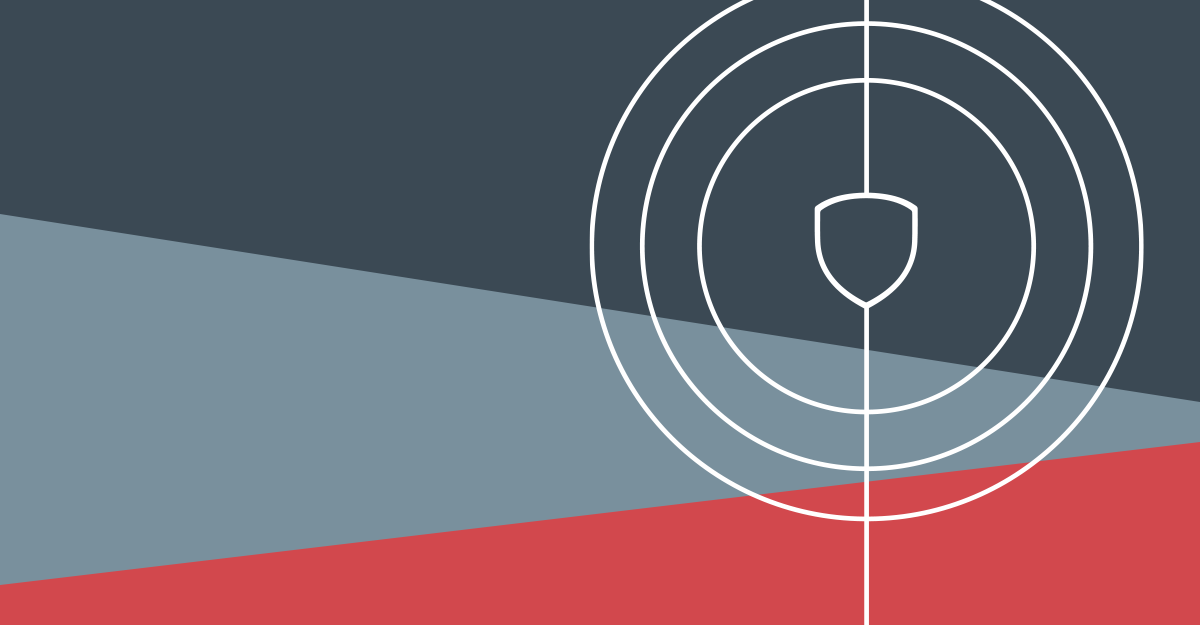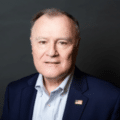Scott Stewart’s Lasting Impact on Protective Intelligence

The following is a personal message from the Executive Director, Fred Burton, regarding Scott Stewart’s nomination as a Pioneer in the Protective Intelligence Honors Program:
One cold and rainy Thanksgiving Day many years ago in Washington, D.C., our command center notified us about a domestic threat from a person of interest against the Secretary of State. Needless to say, as many of us in this business know, threats surface 24×7 and holidays can be regular work days. State Department Special Agent Scott Stewart and I responded to interview the threat actor in an effort to piece together the plot. Over the years, we would respond to many similar threats, some more serious than others. Patterns begin to emerge if you focus on the data and our efforts to see around corners began to materialize as we dissected the range of never-ending threats. The art of protective intelligence came into focus. It wasn’t perfect, but evolved into a true discipline today.
Looking back over the last 30+ years, Scott Stewart is one of the pioneers who helped shape and create the landscape of protective intelligence.
In those early days, we traveled the world on terrorism and threat cases, while creating the first protective intelligence and counter-surveillance (CS) model in support of protective operations. On the protection front, Scott worked numerous United Nations General Assemblies, long before we could put a name to the group known as Al-Qaeda. He did this while managing protective intelligence operations for countless Middle-East Peace Conferences, the Secretary of State, Yassir Arafat, Nelson Mandela and Princess Diana.
Besides his long history of ground-breaking protection efforts, I would be remiss for not recognizing Scott’s tireless efforts surrounding the first World Trade Center bombing in 1993. Not only did Scott respond to the bombing scene, but he subsequently investigated the history and travel patterns of several of the key suspects.
On a personal note, Scott was one of my first hires when I transitioned to corporate America and was the first protective intelligence analyst in the private sector. Not only did he establish our intel program, but he subsequently trained many other protective teams in our protective intelligence model. We would also work together for many years at Stratfor, where Scott developed and ran our Threat Lens platform. Today, Scott is the Vice-President of Intelligence at Torchstone Global, where he continues to provide thought leadership and security advice to many companies.
My advice for any corporate security or executive protection manager building a team is this: Find yourself a Scott Stewart. You won’t regret it.







